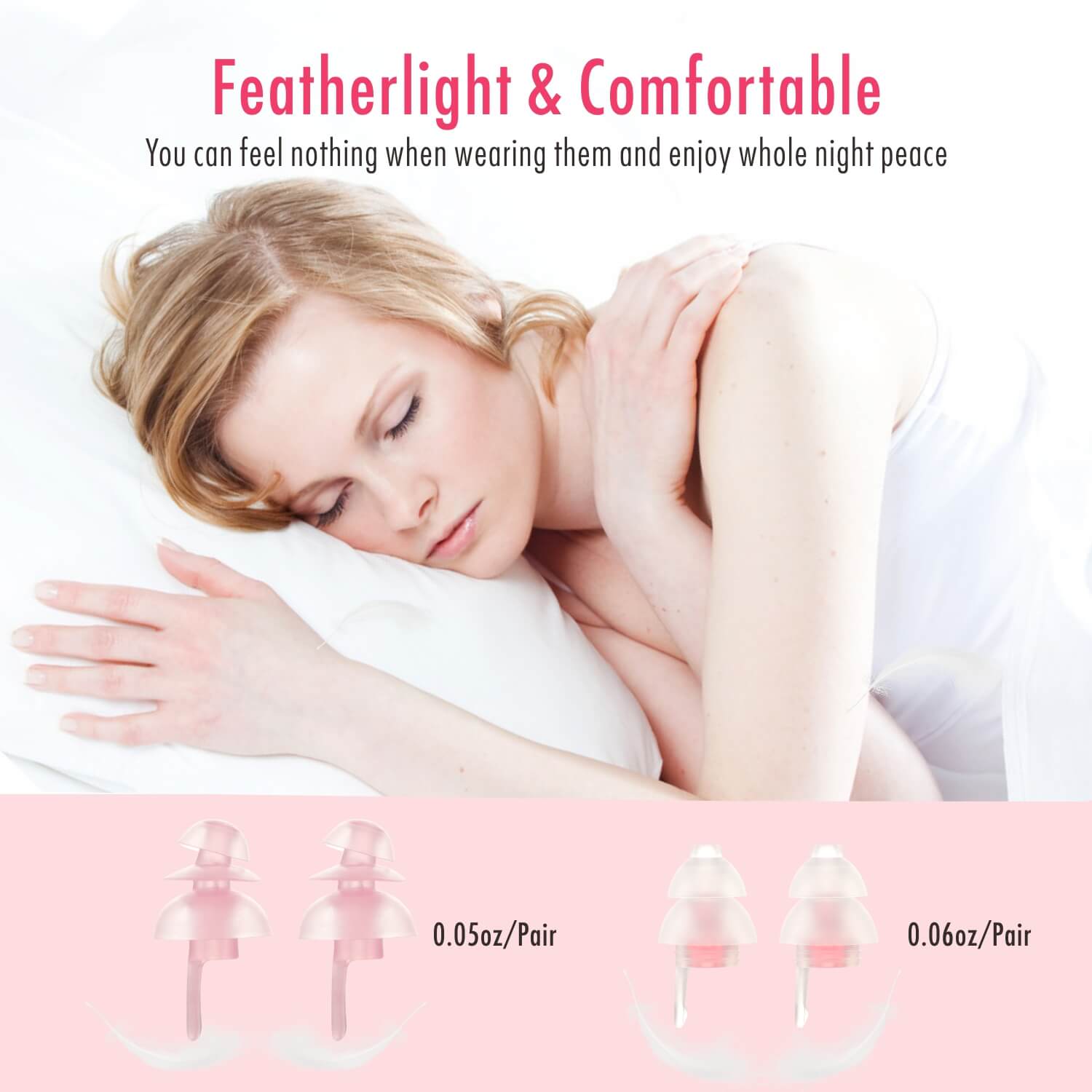When it comes to protecting our ears from loud noises or water, silicone ear plugs have become a popular choice. These versatile and comfortable devices offer a great solution for various situations, from swimming to sleeping in noisy environments. However, to ensure their effectiveness, it is crucial to understand the correct fitment and usage techniques for silicone ear plugs.
Importance of Proper Fitment
One of the key factors in maximizing the benefits of silicone ear plugs is achieving a proper fit. A well-fitted ear plug creates a seal that prevents unwanted noise or water from entering the ear canal. It is essential to understand that each individual's ear shape and size can vary, so finding the right fit may require some trial and error.
There are different types of silicone ear plugs available, such as pre-molded and moldable options. Pre-molded ear plugs are designed to fit most ear sizes and shapes, while moldable ear plugs can be shaped to fit the unique contours of an individual's ear. It is important to follow the manufacturer's instructions for each type to ensure proper fitment.
Correct Insertion Technique
Proper insertion of silicone ear plugs is crucial for their effectiveness. Here are some steps to follow for correct insertion:
- Clean your hands thoroughly to avoid introducing any dirt or bacteria into your ears.
- Hold the ear plug between your thumb and forefinger.
- Gently pull your earlobe upward and outward to straighten the ear canal.
- Insert the ear plug into the ear canal, following the instructions provided by the manufacturer.
- Hold the ear plug in place for a few seconds to allow it to expand or conform to the shape of your ear canal.
- Repeat the process for the other ear.
Remember, it is important not to push the ear plug too far into the ear canal, as this can cause discomfort or even damage the ear. If you are unsure about the correct insertion technique, it is recommended to consult with a healthcare professional.
Ensuring Comfort and Safety
While silicone ear plugs are designed to provide comfort, it is essential to ensure their safe usage. Here are some tips to keep in mind:
- Do not use silicone ear plugs if you have an ear infection or any other ear condition. Consult with a healthcare professional before using them.
- Regularly clean and maintain your silicone ear plugs according to the manufacturer's instructions to prevent the buildup of dirt or bacteria.
- Replace your ear plugs periodically, as they can wear out over time and lose their effectiveness.
- If you experience any discomfort, pain, or irritation while using silicone ear plugs, discontinue use and consult with a healthcare professional.
Conclusion
Understanding the correct fitment and usage techniques for silicone ear plugs is essential for their effectiveness and your comfort. By achieving a proper fit, following the correct insertion technique, and ensuring their safe usage, you can enjoy the benefits of silicone ear plugs in various situations.
For more information on silicone ear plugs and related topics, you can visit the following credible sites:
